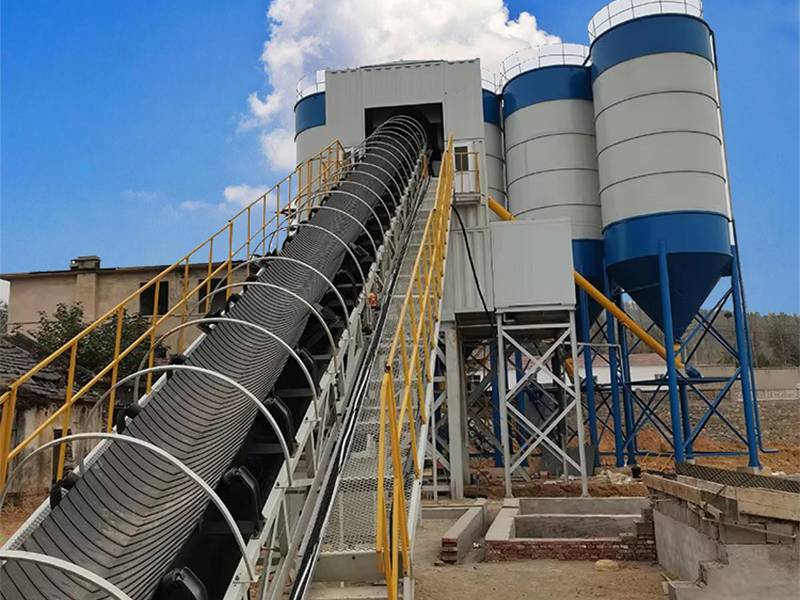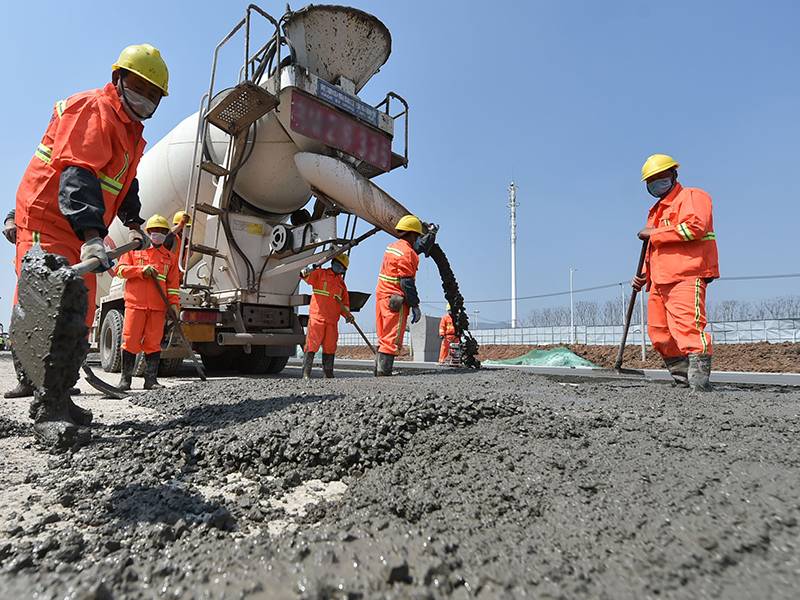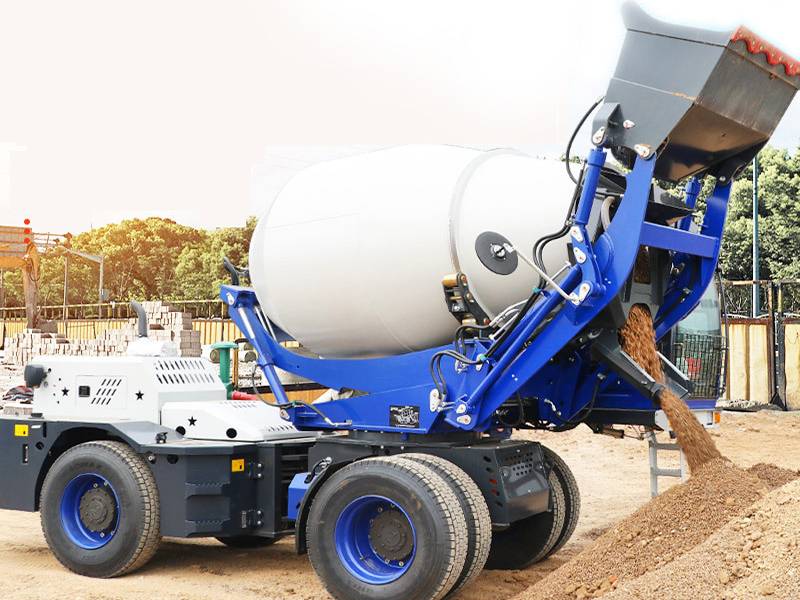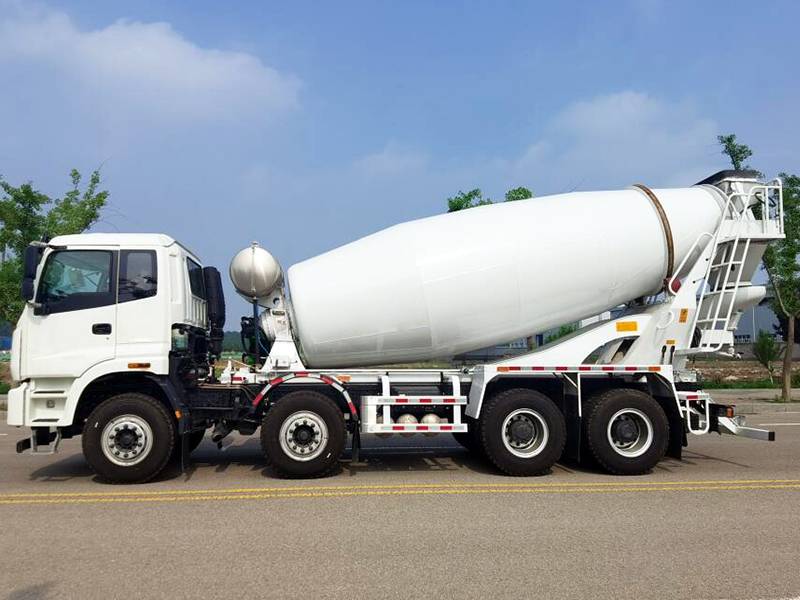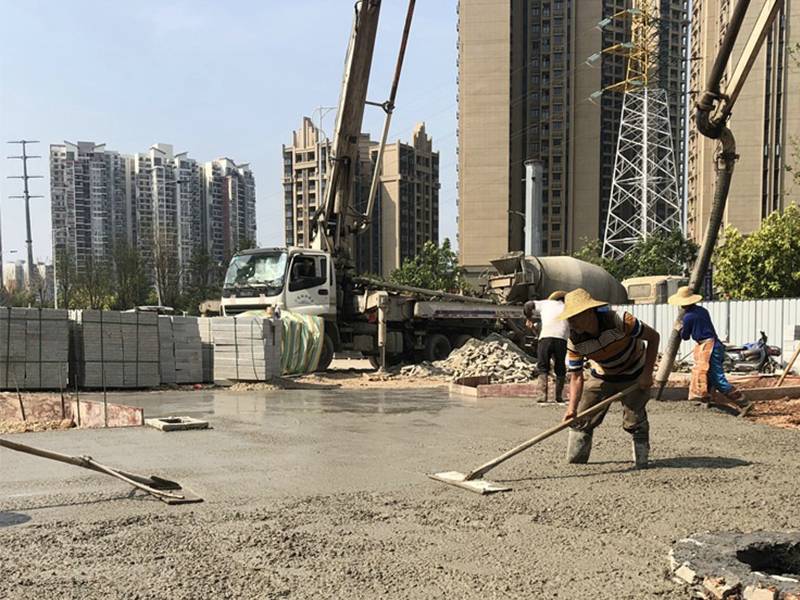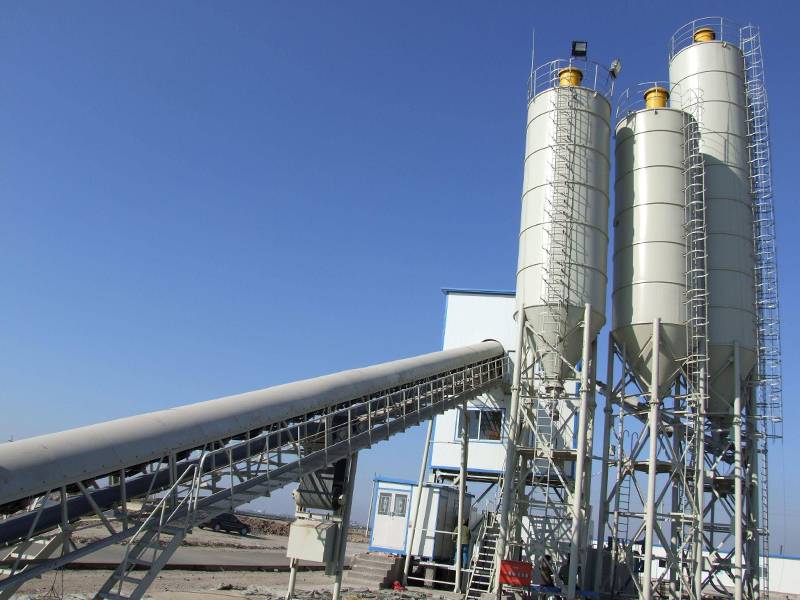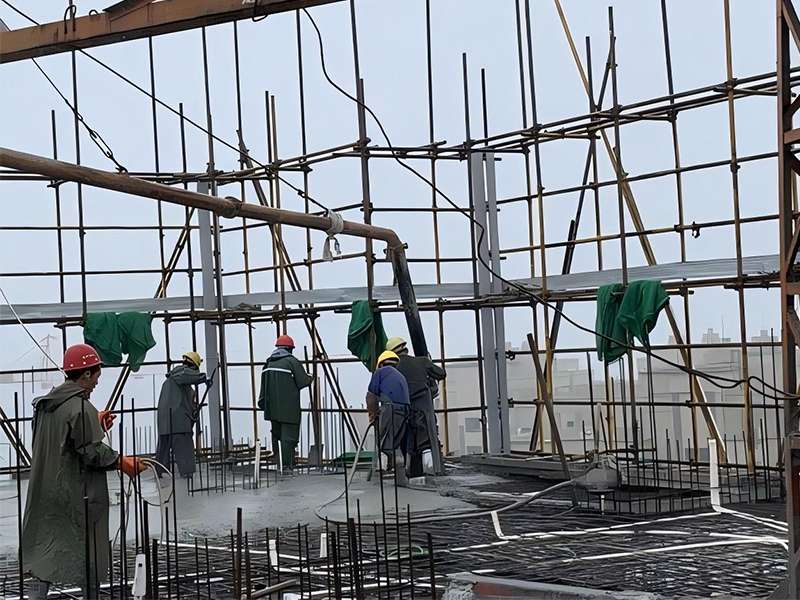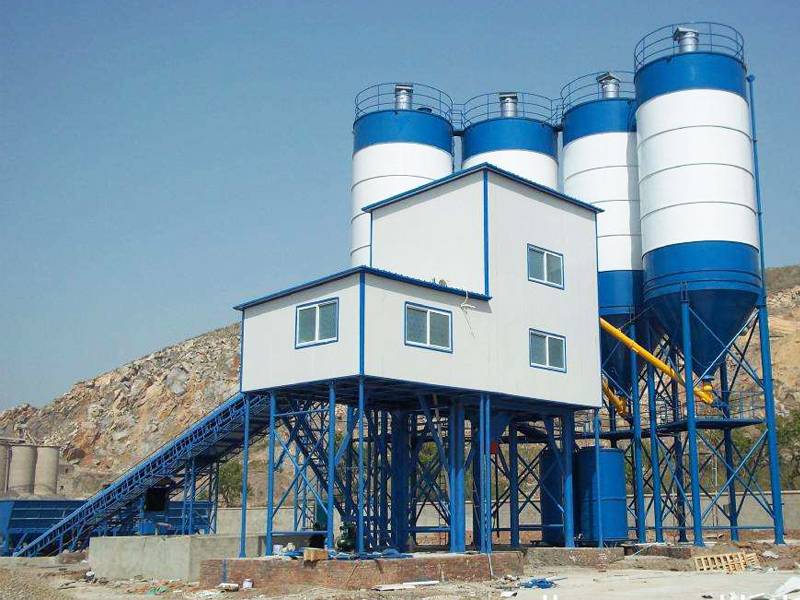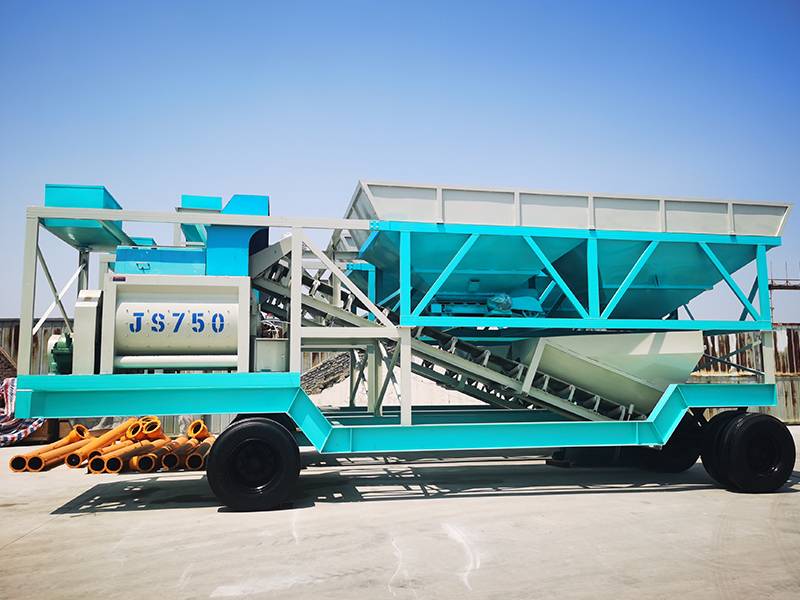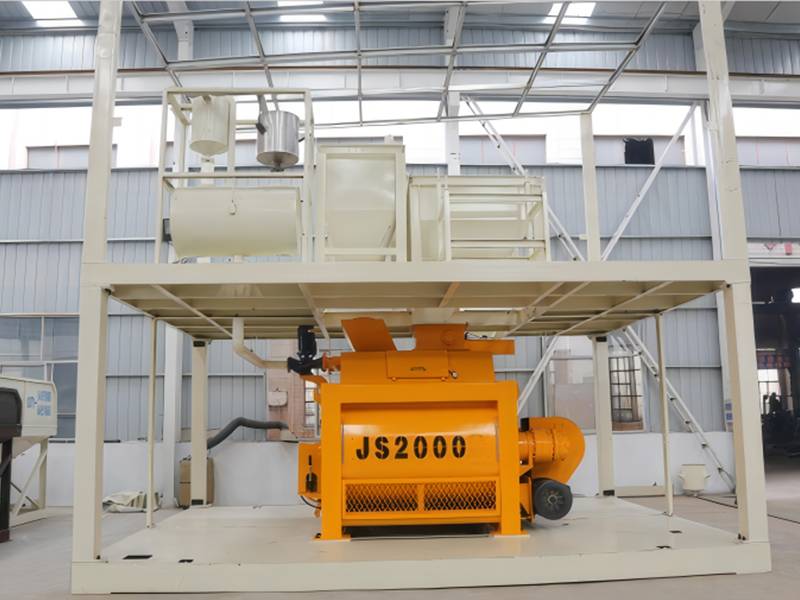Installation and Adjustment of Aggregate Belt Conveyor in Concrete Mixing Plant
The installation and adjustment of aggregate conveyor in concrete mixing station is the key link to ensure the efficient and stable operation of mixing station. Correct installation and adjustment can not only improve the service life of conveyor, but also ensure the quality and efficiency of concrete production. The installation and adjustment steps of aggregate conveyor in concrete mixing station will be introduced in detail below. I. The preparation work before installation Before installing the aggregate conveyor, a series of preparatory work is needed. First of all, check whether all parts of the conveyor are intact, such as conveyor belt, roller and bracket. Secondly, the installation position of the conveyor should be determined to ensure the smooth connection between the conveyor and other equipment in the mixing station. At the same time, it is necessary to prepare tools and equipment needed for installation, such as electric drills, screwdrivers and wrenches. II. The installation steps of conveyor 1. Installation of brackets: According to the size and installation position of the conveyor, determine the height and spacing of brackets. Use an electric...



